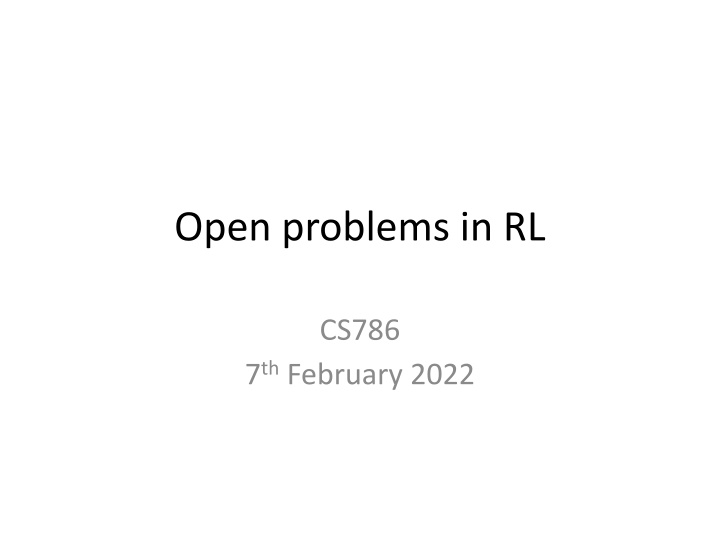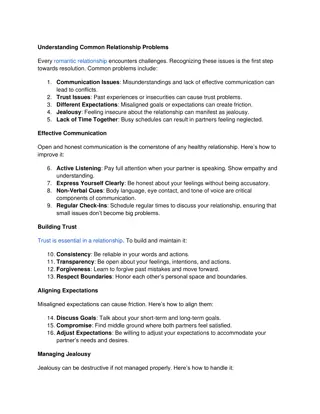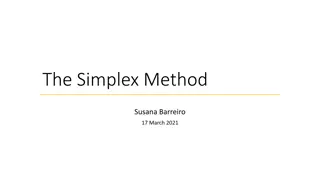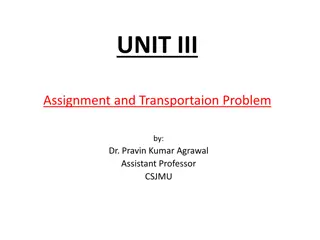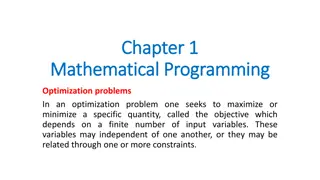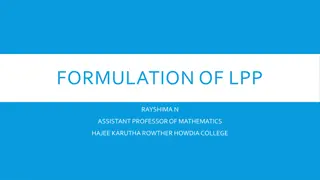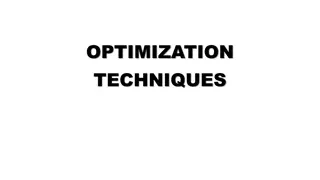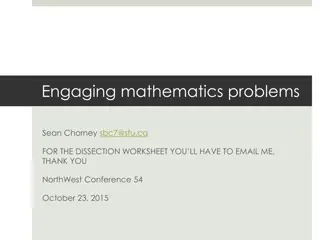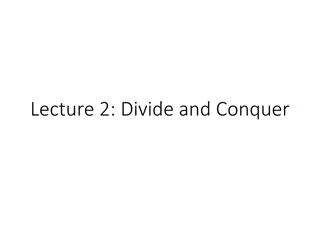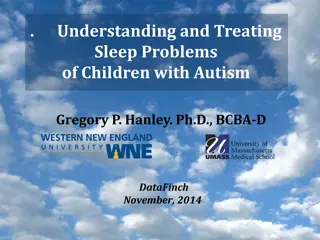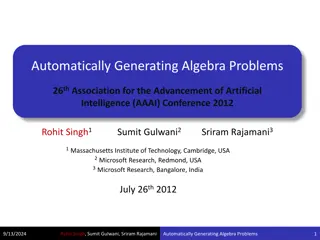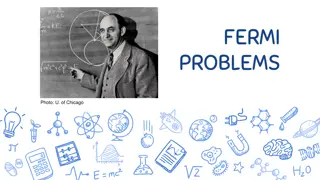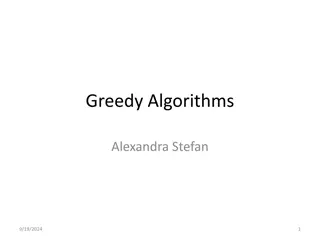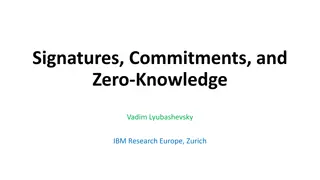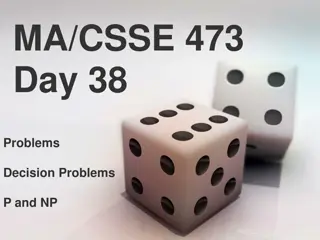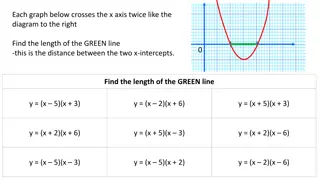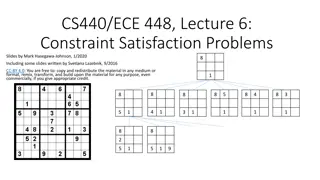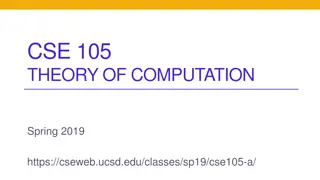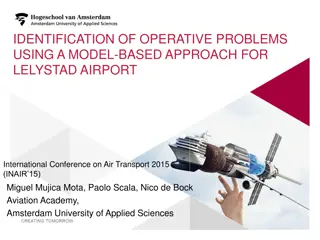Open problems in RL
In the realm of Reinforcement Learning, key problems like switching between habits and goals, as well as designing better state spaces pose significant challenges. The difficulty of shifting behavior and the complex nature of state spaces create hurdles for effective learning and decision-making. Finding solutions to these issues is crucial for advancing RL applications in various domains.
Uploaded on Mar 08, 2025 | 1 Views
Download Presentation

Please find below an Image/Link to download the presentation.
The content on the website is provided AS IS for your information and personal use only. It may not be sold, licensed, or shared on other websites without obtaining consent from the author.If you encounter any issues during the download, it is possible that the publisher has removed the file from their server.
You are allowed to download the files provided on this website for personal or commercial use, subject to the condition that they are used lawfully. All files are the property of their respective owners.
The content on the website is provided AS IS for your information and personal use only. It may not be sold, licensed, or shared on other websites without obtaining consent from the author.
E N D
Presentation Transcript
Open problems in RL CS786 7th February 2022
Announcement: research paper timelines Topic due by 1st March Either reviewing literature addressing a specific question in cognitive science, or programming a previously published model Extended abstract due by 15th March 400 words Describes the methods and/or the scope of the paper in detail First draft due by 1st April Should be a nearly complete version of the paper I will give comments for improvement by 10th April Final version due by 20th April Incorporating my comments Submit via email, with [CS786 paper] in subject line
Open RL problems SWITCHING BETWEEN HABITS AND GOALS
Big ticket application How to practically shift behavior from habitual to goal-directed in the digital space Vice versa is understood pretty well by Social media designers
The social media habituation cycle Reward State
Designed based on cognitive psychology principles
Competing claims First World kids are miserable! https://journals.sagepub.com/doi/full/10.1177/2167702617723376 (Twenge, Joiner, Rogers & Martin, 2017) Not true! https://www.nature.com/articles/s41562-018-0506-1 (Orben & Przybylski, 2019)
Big ticket application How to change computer interfaces from promoting habitual to thoughtful engagement Depends on being able to measure habitual vs thoughtful behavior online Bharadwaj & Srivastava (2019)
Open RL problems DESIGNING BETTER STATE SPACES
The state space problem in model- free RL Number of states quickly becomes too large Even for trivial applications Learning becomes too dependent on right choice of exploration parameters Explore-exploit tradeoffs become harder to solve State space = 765 unique states
Solution approach Cluster states Design features to stand in for important situation elements Close to win Close to loss Fork opp Block fork Center Corner Empty side
Whats the basis for your evaluation? Use domain knowledge to spell out what is better 1(s) self center, opponent corner 2(s) opponent corner, self center 3(s) self fork, opponent center 4(s) opponent fork, self center as many as you can think of These are basis functions
Value function approximation RL methods have traditionally approximated the state value function using linear basis functions w is a k valued parameter vector, where k is the number of features that are part of the function Implicit assumption: all features contribute independently to evaluation
Function approximation in Q- learning Approximate the Q table with linear basis functions Update the weights Where is the TD term
Non-linear approximations Universal approximation theorem a neural network with even one hidden layer can approximately represent any continuous- valued function Neural nets were always attractive for their representation generality But were hard to train That changed with the GPU revolution ten years ago
